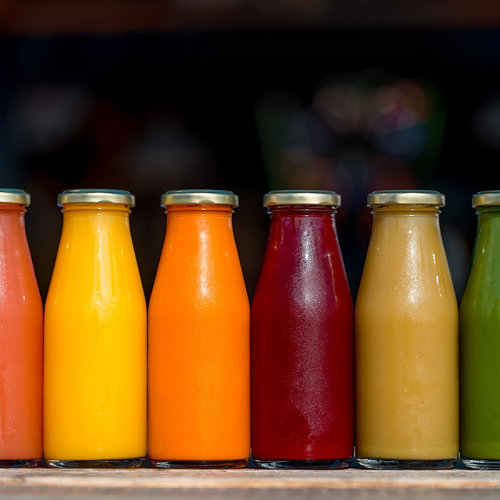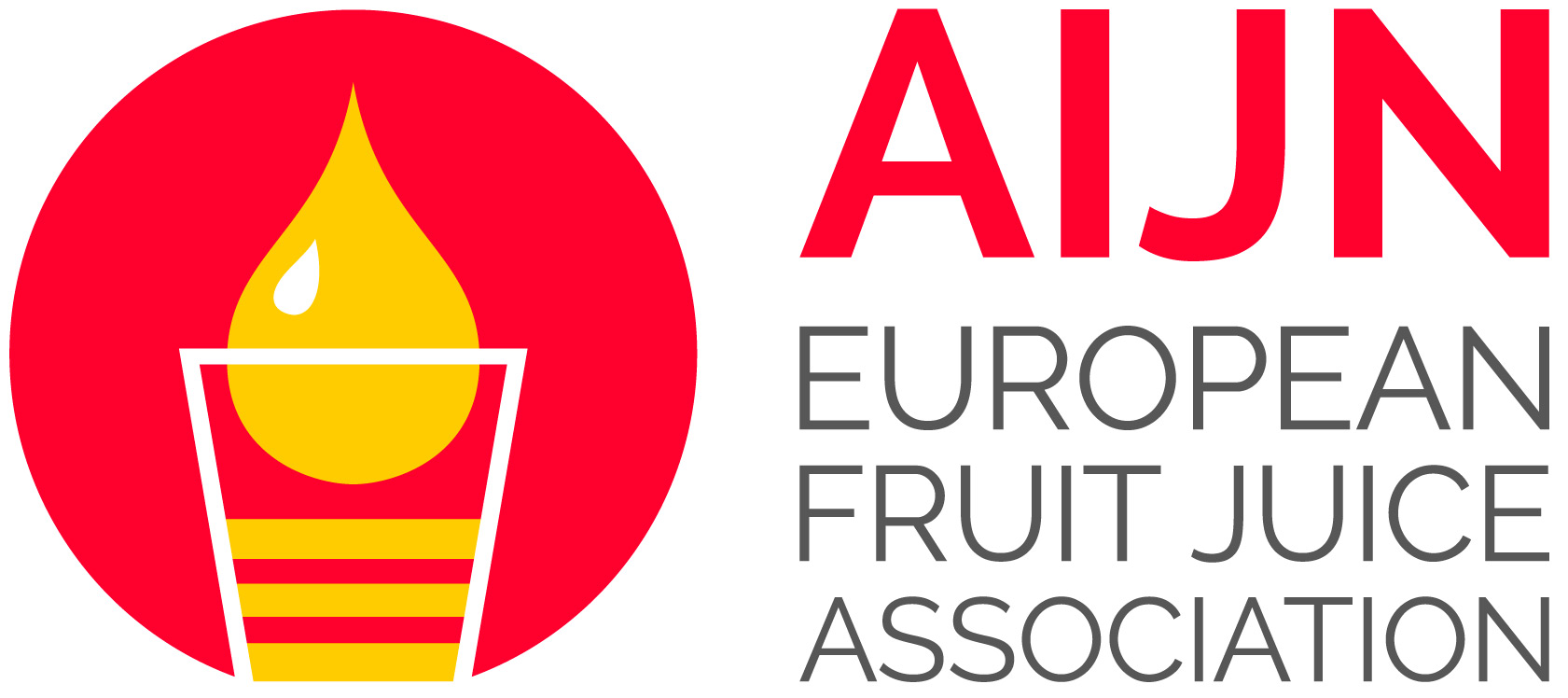Approval today of the EU Agreement on Packaging rules by the European Parliament: Congratulations from the European fruit juices

2024-04-24
Aimed at addressing pressing sustainability concerns surrounding packaging materials, and especially waste, within the European Union, the outcome of the vote reflects a careful equilibrium between environmental imperatives and industry considerations.
The Agreement found between the EU Council and EU Parliament negotiators, adopted now by the EU Parliament represents a significant departure from the initial proposal put forth by the EU Commission. Regarding reuse for example, where the initial draft outlined specific non-alcoholic beverages subject to reuse targets, the text approved by the EU Parliament adopts a more encompassing and equitable approach. Under the revised PPWR, a single reuse target now applies to all beverages, whether they are alcoholic or non-alcoholic. This shift eliminates the need for a predefined list of products, thus ensuring that no item is excluded from the sustainability mandate (except for a few exemptions which are explicitly justified within the text).
Another important aspect of the outcome of the negotiation is the redistribution of responsibility for meeting these reuse targets. Unlike the original Commission’s proposal, which placed the burden both on manufacturers and final distributors, the version of the Regulation approved by the EU Parliament assigns responsibility to final distributors.
Specifically, the Regulation mandates that distributors making alcoholic and non-alcoholic beverages available on the market within a Member State must ensure that at least 10% of these products are offered in reusable packaging within a system designed for re-use. This change will enable greater flexibility for all actors in delivering products in reusable packaging.
Moreover, the new target set for reuse represents a first step towards promoting circular economy principles within the packaging industry, all while acknowledging the industry's needs. With a target of 10% by 2030 and an indicative target for 2040, actors across the value chain, including consumers all around Europe, can adapt to increasing levels of reusable packaging and reuse systems. This ensures that the transition is mindful of the practical realities and requirements of businesses within the sector. This balanced approach promotes a steady transition towards a more circular economy, where resources are conserved, waste is minimized, and environmental impact is reduced. By January 1, 2034, the Commission will review the implementation of the 2030 targets, considering technological advancements and practical experiences. This assessment will evaluate the effectiveness of the targets in fostering sustainable packaging, feasibility of achieving 2040 targets, relevance of exemptions, conduct life-cycle assessments of single-use and reusable packaging and assess the need for setting new targets for the reuse and refill of other packaging categories. This review mechanism allows for adjustments based on results and real practices, ensuring that future ambitions for 2040 are informed by concrete evidence and practical experience.
Finally, the approval of PPWR underscores the critical role of packaging in preserving product freshness and quality while minimizing environmental impact. It highlights the imperative for sustainable packaging solutions that reconcile ecological stewardship with operational efficiency. In recognition of the unique challenges faced by highly perishable beverages, they are exempted from meeting this targets in the Regulation includes exemptions for such items.
We believe the European Parliament's vote on the PPWR reflects a balanced and pragmatic approach that seeks to reconcile environmental goals with the operational realities of the industry. As the Regulation progresses towards implementation, AIJN is willing and ready to engage in ongoing dialogue and collaboration to ensure effective compliance and meaningful progress towards a more sustainable future.
Stay tuned for further updates and insights as the packaging industry navigates this pivotal moment towards a greener, more resilient future.
